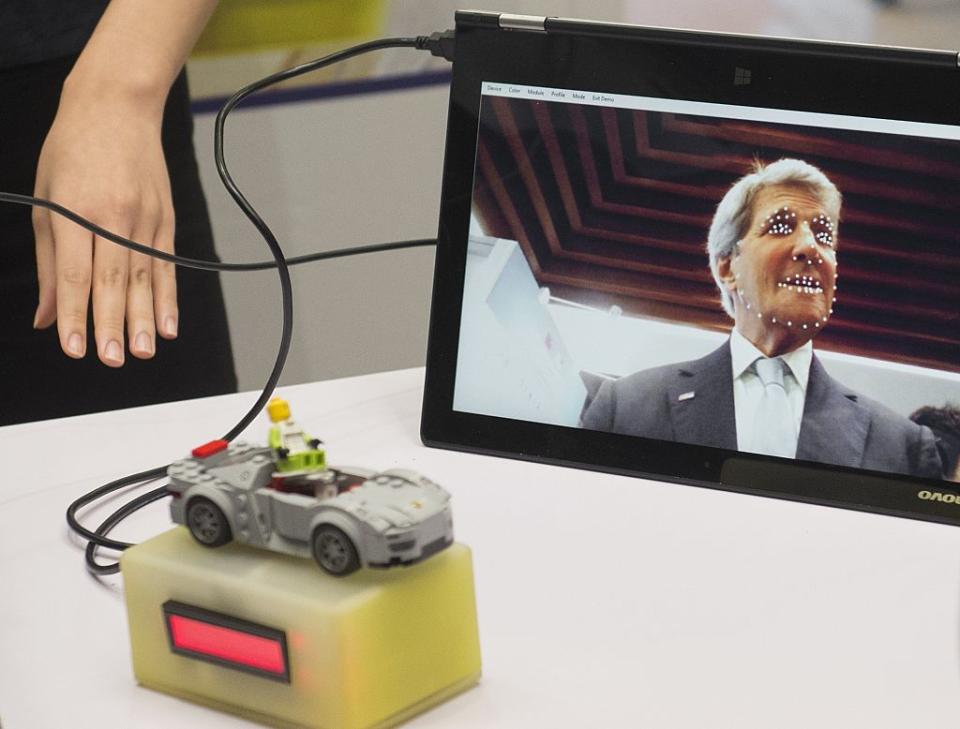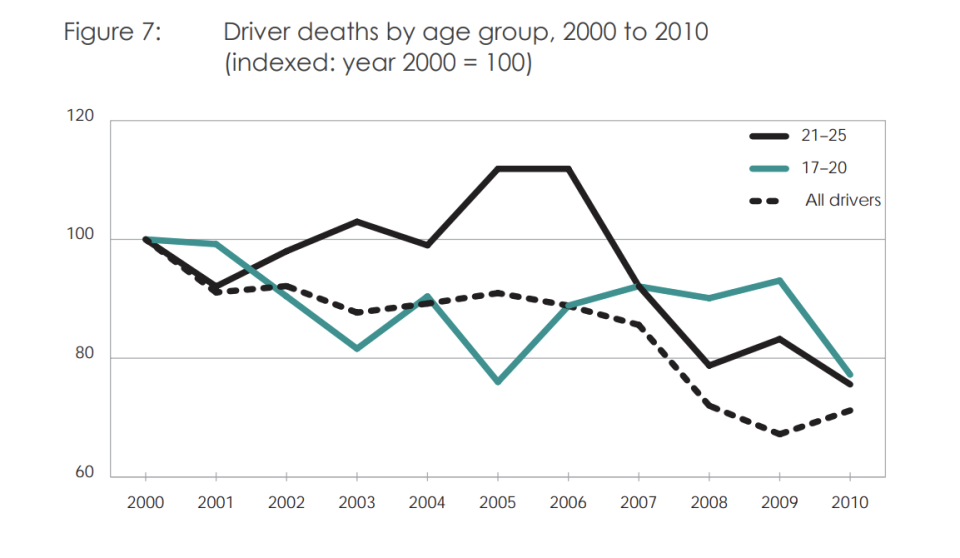Revealed: The six subtle signs you're too tired to drive
One of the biggest killers on Australian roads is something we all know very well – sleepiness.
It is estimated that between 20 and 30 per cent of fatal crashes on Australia’s roads are due to tired drivers.
In NSW for instance, from 2013 to 2017, more people died in fatigue-related crashes than drink-driving crashes, according to the NSW Centre for Road Safety. Other major causes of road death are speeding and driver distraction.
And most worryingly, fatigue-related crashes are twice as likely to be fatal – largely because drivers who are asleep don’t brake.
Despite the hype, reliable self-driving cars are still many years away so until they become a common reality, policymakers are trying to deal with the ever-present danger of driver drowsiness when humans are behind the wheel.

The National Transport Commission introduced Heavy Vehicle Driver Fatigue Legislation in September 2008 in Queensland, NSW, Victoria and South Australia in order to target long distance truckies, a group most vulnerable to the problem. The requirements include mandated rest periods and record keeping detailing breaks that must be kept for three years.
But the problem is much harder to tackle for regular, non professional, road users.
When drink-driving became outlawed, alcohol-related road deaths were reduced significantly in the following decades. But the effort to tackle the same problem with driver fatigue has been hampered by the difficulty of testing for drowsiness.
Up to 30 per cent of all crashes are due to fatigue
Driving tired equates to a 0.05 blood/alcohol level
Shift workers and truck drivers at risk
This is particularly troubling as there is evidence that sleep deprivation can have similar effects to alcohol consumption on drivers. Studies have found that people driving after being awake 17 to 19 hours perform more poorly than those with a blood/alcohol content of 0.05. While if you’ve been awake for 21 hours, your driving performance is about the same as someone with a 0.15 BAC.
Those who do shift work and drive at hours they might otherwise be sleeping are particularly at risk.
Outside of public education campaigns run by state governments, researchers have worked on developing ways to detect driver drowsiness using technology. For example, in recent years researchers have tried to design glasses which track eyelid movements and measure the length of someone’s blinks as a sign.
In a 2019 paper, Prediction of drowsiness events in night shift workers during morning driving, researchers used a “vehicle monitoring system” to monitor the driver in real time.
It found indicators of driver performance degradation and eyelid measures should be “strongly considered when predicting drowsiness events”.
The study sought to build and evaluate predictive models for drowsiness events and ultimately help inform the development of in-car technology that could be used to alert motorists.
“When people are starting to notice difficulty in keeping their eyes open, they may wind the window down or turn the radio up,” Professor Howard, one of the researchers involved in the study, told the ABC.
“They're actually signs that you're starting to become drowsy and impaired, but people tend to ignore those and don't relate them to having a higher risk of having a crash.”

Six subtle signs you’re too tired to drive
Wandering in the lane or over lane lines
Changes in speed, especially slowing down without reason
Heavy eyelids and difficulty keeping eyes open
Poor concentration and delayed reaction times
Boredom and/or restlessness
Continued yawning
Things you can do to avoid driver fatigue
Take breaks every two hours when driving
Be aware of the effects of medications you take that could increase drowsiness
Avoid driving long periods at times you would normally be asleep
Be alert to the signs of fatigue
What else is being done to combat road fatigue?
The National Road Safety Strategy 2011- 20201 recommends that research on direct remedies such as technological solutions should be supported and evaluated.
The strategy points to priorities including field trials of driver and vehicle devices that measure drowsiness crash risk using metrics based on ocular dynamics or carriageway position.

The graph above, from the Strategy report, shows that in the previous decade, all roads deaths across age groups trended down overall.
As well as better public education programs, it also advocates for the development of a nationally standardised definition of a “fatigue crash” and improved fatigue crash reporting systems which are reliable, accurate and nationally standardised. Part of that involves improved training and guidance for police officers to more accurately recognise fatigue-related crashes to better understand the problem.
Do you have a story tip? Email: newsroomau@yahoonews.com.
You can also follow us on Facebook, Instagram and Twitter and download the Yahoo News app from the App Store or Google Play.

 Yahoo Finance
Yahoo Finance 

